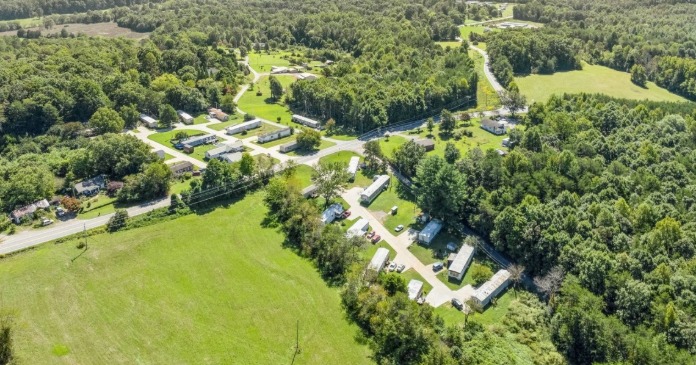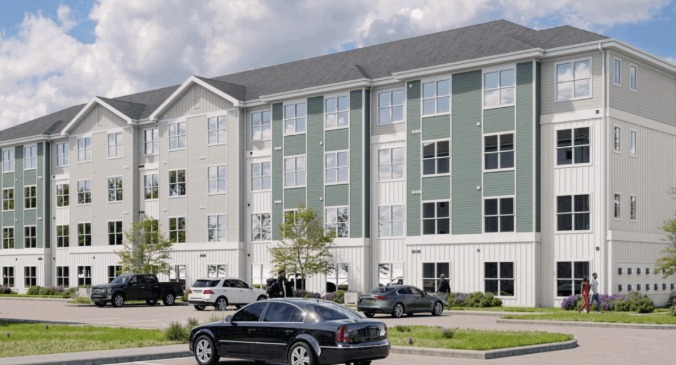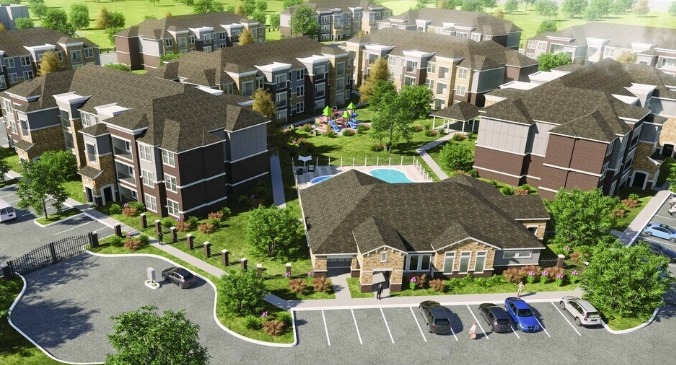What is the next big thing? Is there a technology lurking around the corner with the potential to change the way we do everything, reducing costs and boosting productivity? Can we tell what the next killer app will be? Changes are coming in a number of categories across the spectrum that will dramatically impact the apartment industry: web-enabled applications, Internet-based purchasing; broadband access and multimedia streaming; high-tech building materials, and more.
Projecting which technologies will have the greatest impact on the multifamily industry within the next ten years is an arduous task given the dynamic nature of technological development. New technologies and methods for constructing, managing, and marketing apartment properties can emerge suddenly without warning, while other advances move to the forefront after years of development, refinement, testing and trial deployments.
Some new technologies arise naturally from within the context of similar and related technologies such as the evolution of
property management software from DOS-based applications to Windows. Other technologies spring on us from research and development in other industries, producing technologies that have a broad impact on business and society, such as wireless technology and the Internet or the use of building materials developed first for use in the aerospace industry.
While a crystal ball may seem like the best way to predict changes coming in the technology arena, the best method for assessing where technology is headed is research and observation of general trends and the experiences of various apartment firms as they go about addressing the systems and processes that drive the industry.
From an analysis of various research reports and the activities of the industry’s leading players, the technologies likely to have the greatest impact on multifamily are listed as follows in order of importance:
. Energy conservation
. Building materials and techniques
. Financial instruments and lending
. Security
. Consumer-renter demands
ENERGY CONSERVATION
Skyrocketing fuel costs and industry-wide concern with improving the efficiency and performance of energy services are driving the development of new technologies designed to make buildings run more efficiently at lower costs and also meet the environmental sensitivities of today’s residents and communities.
The scarcity and cost of water resources have become critical in certain areas of the country and a concern nationwide. While various regions struggle with development and implementation of watershed management plans, developers and property management are seeking technologies that will enable water conservation and recycling of water resources.
Green building initiatives are likely to be seen in these areas:
. Roofing and other membranes, windows, wall emissions
. Roof planting
. Passive energy collection
. Renewable energy
. Fuel cells and other green power
. Low-emitting materials
. Soundproofing and insulation materials
. Standards compliance
. Recycling
. Water conservation
The adoption of standards such as the Green Building Rating System developed by LEED (Leadership in Energy & Environmental Design) can lead to greater consumer confidence, improved performance and foster premium pricing, product differentiation, and sustainable long-term development.
BUILDING MATERIALS
In the quest to drive down costs and increase profit margins, developers and construction firms have been aggressively pursuing the use of new technologies and materials that enable apartment homes and related structures to be built more quickly, cheaper and easier to maintain.
Leading this drive is the use of Structural Insulated Panels (SIPs), modular construction and prefabricated buildings. New products on the market that offer enhanced soundproofing, insulation and temperature control are being adopted rapidly and deployed across the major regional markets. One product, Quiet Solution’s polymer-based drywall and plywood products, reduce noise pollution that are 95 percent more effective than traditional construction materials and techniques and enable use of single stud construction reducing costs and allow for substantial recovery of sellable space per unit. For more about Quiet Solutions, see this issue’s Vendor Spotlight.
SECURITY
As important as security is to minimizing property liability and increasing resident confidence, 9/11 changed everything about security and its role in protecting property and residents. Methods for responding to disaster and terrorist incidents have become an essential component of today’s advanced security systems. What has been till now an amenity has become a necessity and a pivotal factor in marketing properties and restricting property liability for security-related incidents and subsequent litigation.
Greater demand by residents for security systems will be met by deployment of improved systems and technologies that are easier to install and maintain. Wireless systems are now available that enable installation without invasive remediation to walls and buildings or new wiring. The evolution of digital video cameras enable the greater use of video surveillance and monitoring systems in units and all areas of the property increasing the scope and quality of security measures.
Other security advances that will see greater use are bio-metric entry devices featuring retina or fingerprint scans and voice activation. Wireless network protection will be more widespread to stem the epidemic assaults by hackers and identity thieves and the spread of viruses and Trojan horse applications designed to penetrate and damage network systems. Advances have also been made in the area of intrusive sound protection from companies such as Hypersonic Sound. See www.woodynorris.com for more information on this technology.
New technologies for risk management and credit and criminal background checks from companies such as First Advantage-SafeRent enable onsite staff to validate prospective renters within minutes of requesting data profiles.
FINANCE
This is a sector of the market that has been poised for greater expansion for some time, held back only by the lack of broader consumer acceptance and slow adoption pace for online banking and electronic payment systems. Consumer experience with electronic payment of phone and cable bills and Internet-based purchases has propelled these systems to the forefront, making it easier for the apartment industry to begin broader use of the time and cost saving systems for electronic payment of rent and utility bills.
Residents are responding favorably to the convenience, security, and flexibility of paying rents with credit cards and electronic means.
Elsewhere look for easier mortgages and refinancing aided by electronic forms processing, online marketing, and improved screening and credit checking. There will be more liquidity in the private multifamily equity market. Technology is making possible more direct flow of information to lenders, lowering risk and cost. There is also greater use of cash flow certificates so that buildings don’t change hands, just the cash flows do.
With more data available and accessible there will be more forms of insurance available covering deposits and renter cash flow insurance to buyers of new properties.
CONSUMER DEMANDS
A great deal of the technology being developed for use in the apartment industry are designed to meet growing consumer demand for communications and entertainment products and services. Among the hot products and services are video on demand, virtual reality game rooms that function like real gyms; faster Internet access with more bandwidth; and home networking products that will be faster and easier to set up. Wireless networking has jumped to the 802.11g standard and will quickly surpass that. Wi-fi technology is poised to leap into the market and will revolutionize how and where we connect to the Internet. Powerline technology has emerged which enables networking over standard existing electrical wiring, thus providing consumers with greater options without intrusive wiring.
The next few years we will see a greater convergence of PC, cable, and telecommunications technologies with products that tie the various technologies together. There will also be greater availability of centralized systems for controlling the lighting, HVAC systems, and electronic devices in homes and buildings.
Technology plays a central role in the multifamily industry and can deliver products and services that continue to enhance what apartment lifestyles offer and further differentiate them from single family homes.
Author: Stephen Lefkovits
















